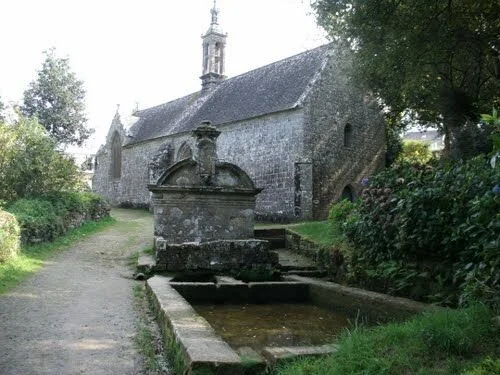If you have visited my website, you may have been intrigued by my Medicine Walk offering called (Inner Compass) Wisdom Walk. Or, if you are a client, I may have suggested that you take on a walk as a new practice for your coaching program: labyrinth, hike or meditation walks are some of the practices I recommend often. But why? I strongly believe in the benefits of walking in nature to reconnect with oneself and the world. In this newsletter, I want to share some texts that point to the same conclusion.
Much has been written over the years about the physical, emotional and spiritual benefits of walking in nature (Thoreau: “An early morning walk is a blessing for the whole day.”, Muir: "In every walk with nature one receives far more than he seeks.", Rousseau: “I can only meditate when I am walking. When I stop, I cease to think, my mind only works with my legs.”), but in recent times, nobody has written more beautifully and more completely on the subject than Rebecca Solnit in her 2000 masterpiece Wanderlust: A History of Walking.
She writes: “Walking, ideally, is a state in which the mind, the body, and the world are aligned, as though they were three characters finally in conversation together, three notes suddenly making a chord. Walking allows us to be in our bodies and in the world without being made busy by them. It leaves us free to think without being wholly lost in our thoughts.[…]
Walking itself is the intentional act closest to the unwilled rhythms of the body, to breathing and the beating of the heart. It strikes a delicate balance between working and idling, being and doing. It is a bodily labor that produces nothing but thoughts, experiences, arrivals.[…]
The rhythm of walking generates a kind of rhythm of thinking, and the passage through a landscape echoes or stimulates the passage through a series of thoughts. This creates an odd consonance between internal and external passage, one that suggests that the mind is also a landscape of sorts and that walking is one way to traverse it. A new thought often seems like a feature of the landscape that was there all along ..“
When you go on a Medicine walk, this is exactly what happens. Your mind, heart and body are in a conversation with the world. Your body relaxes, your mind slows down, your heart opens. You suddenly hear a message that you had missed before. Your attention is drawn by a natural element and you inquire: “what is this?”, “why am I receiving this now?”. As Kabir, a 15th-century Indian mystic poet and saint, says: When the eyes and the ears are open, even the leaves on the trees teach like pages from the scriptures.
Further proof of the benefits of being in nature with or without walking, can be found in the book The Nature Fix by Florence Williams. The Nature Fix demonstrates that our connection to nature is much more important to our cognition than we think and that even small amounts of exposure (just 5 hours per month according to the author) to the living world can improve our creativity and enhance our mood. Earlier in the year I wrote about Shinrin-Yoku or Forest Bathing and I was excited to read about it again in this book The Nature Fix- Why Nature Makes Us Happier, Healthier and more Creative by Florence Williams. Written in a journalistic style with tons of supporting evidence, scientific data, anecdotes and well told stories, Williams explores different beneficial aspects of Nature and takes us on world tour starting with Japan, then Korea, Finland and Scotland. She also takes us on a tour of our senses: starting with our sense of smell (aromatherapy in Japanese cypress forests), our sense of hearing (bird songs in Korea) and our sense of sight (fractals in Finland). Her book brings a global perspective on the status of the latest studies of nature practices and their alleged benefits. She affirms that 5 hours a month immersed in nature is enough to make a difference to our well-being. The best summary of the book is given in this YouTube video created by the author.
So remember: “Go outside. Go often. Bring friends. Breathe”.














